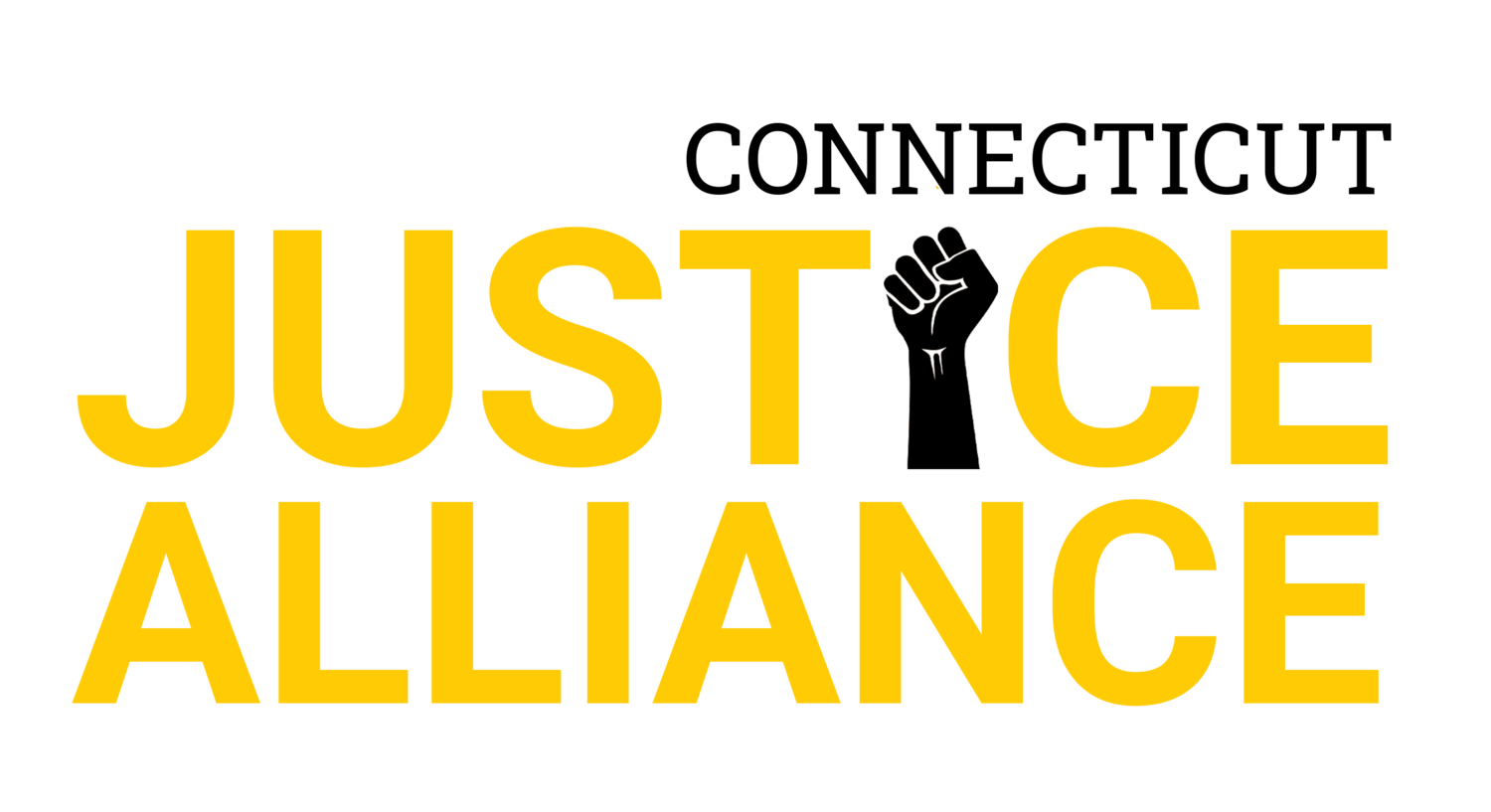We Must Address the Opportunity Gap Amidst the COVID-19 Pandemic
CT VIEWPOINTS by SIMONE DAVIS | SEPTEMBER 9, 2020
All children in America are all entitled to an accessible and equitable education, even in the face of a pandemic. The problem is, they aren’t receiving one — even in “normal” times.
The root of the issue is our current education system wasn’t constructed to equitably benefit all children and youth. Our state’s inconsistent efforts to develop, sustain, and support equitable academic resources in low-income communities and communities of color has created an opportunity gap many students can not, and should not be expected to outperform.
Since the COVID crisis struck early this year, the flaws of our system have been put on painful display and many existing inequities have only been exacerbated. Thousands of students are experiencing district/state perpetrated educational neglect.
As teaching transitioned from in-person classrooms to virtual screens, a WiFi gap skewed learning in predominantly Black and brown communities. Concrete steps have been taken by state advocates to tackle the barriers to remote learning by providing WiFi, cellphones and laptops, but these efforts have not been enough to address the overwhelming need we are seeing statewide.
So many families have been impacted by the discontinuity of services through poorly sustained institutions and programs. Some students without access to reliable WiFi have needed to rely on cell phones to supplement their virtual education experience. Learning through a six-inch screen is unacceptable. Failed connections, waitlists of local WiFi programs, and take-home packets are not full investments into communities directly impacted by inequitable infrastructures. The lack of preparedness and urgency from our government has impacted children and youth across the state, creating more systemic barriers to education.
In order to begin tackling these system failures, we must acknowledge the role systemic racism plays in our educational systems and the ways it marginalizes students of color. Gradual divestment from public school districts, after-school programs, and supplemental academic enrichment programs have widened the opportunity gap in already underserved, Black and brown communities.
And barriers to success are even greater for the youth in our justice systems. Over the past two years, I have participated in restorative circles and small group discussions within correctional facilities across Connecticut. These discussions confirmed something I’ve long known — Black and brown youth are disproportionately pushed through the school-to-prison pipeline, and once in the justice system these young people are not provided with the necessary academic enrichment to ensure they can achieve personal success. For system-involved youth this often results in difficulties understanding court-mandated paperwork, communicating with lawyers or public defenders, and underdeveloped critical thinking skills. An equally accessible and equitable education system has never been reflected in our country; even more so for the young people in our justice systems.
This summer, the State Department of Education announced the academic plan for the 2020-2021 school year — Adapt, Advance, Achieve — which includes six guiding principles intended to minimize COVID-19 outbreaks in schools while emphasizing equitable access to resources for communities across the state. While the initial thinking was that reopening schools would be best for Connecticut’s economy and students, COVID rates have since changed. To combat the ever changing statistics, Gov. Ned Lamont opted to not mandate an official opening date and instead leave the decision of opening for classroom instruction, distance learning, or a combination of the two up to each individual school district. But leaving the decision to reopen to the discretion of local school districts isn’t a long-term solution.
For schools that have decided to, re-opening has the potential to create catastrophic challenges across communities. This pandemic has taken loved ones, employment opportunities, and the safety of many families. Each school district has experienced loss. To encourage this level of autonomy in the midst of chaos is irresponsible and will ensure students across districts will not be receiving the same educational support. Be mindful that city budgets will dictate access to quality PPE, access to consistent WiFi connections, and the availability of educators.
To prioritize the educational needs of children and youth, especially in the time of COVID, we must include the voices of educators, families, students, and community members. Identifying their needs and solutions to those needs is essential in order to build sustainable educational infrastructures that support all youth. We must address the historical trauma of systemic failures in our country experienced among Black and brown families.
We must intentionally fund and support an anti-racist academic plan, provide equitable access to academic resources and develop local infrastructures that support the development of Black and brown children and youth. We are living in an unpredictable time, but the lack of urgency to develop sustainable academic resources for all youth is part of a generational pattern of miseducation and gatekeeping. It is crucial that we work to collectively dismantle systemic barriers, created and sustained by racism, that prevent our young people from fully realizing their potential.
The cycle of failed systems must end now. It is our moral responsibility to ensure all students are equipped with a quality education that supports their character, passion, and growth — even in the wake of a pandemic.
Simone Davis is a Justice Advisor for the Connecticut Juvenile Justice Alliance.
